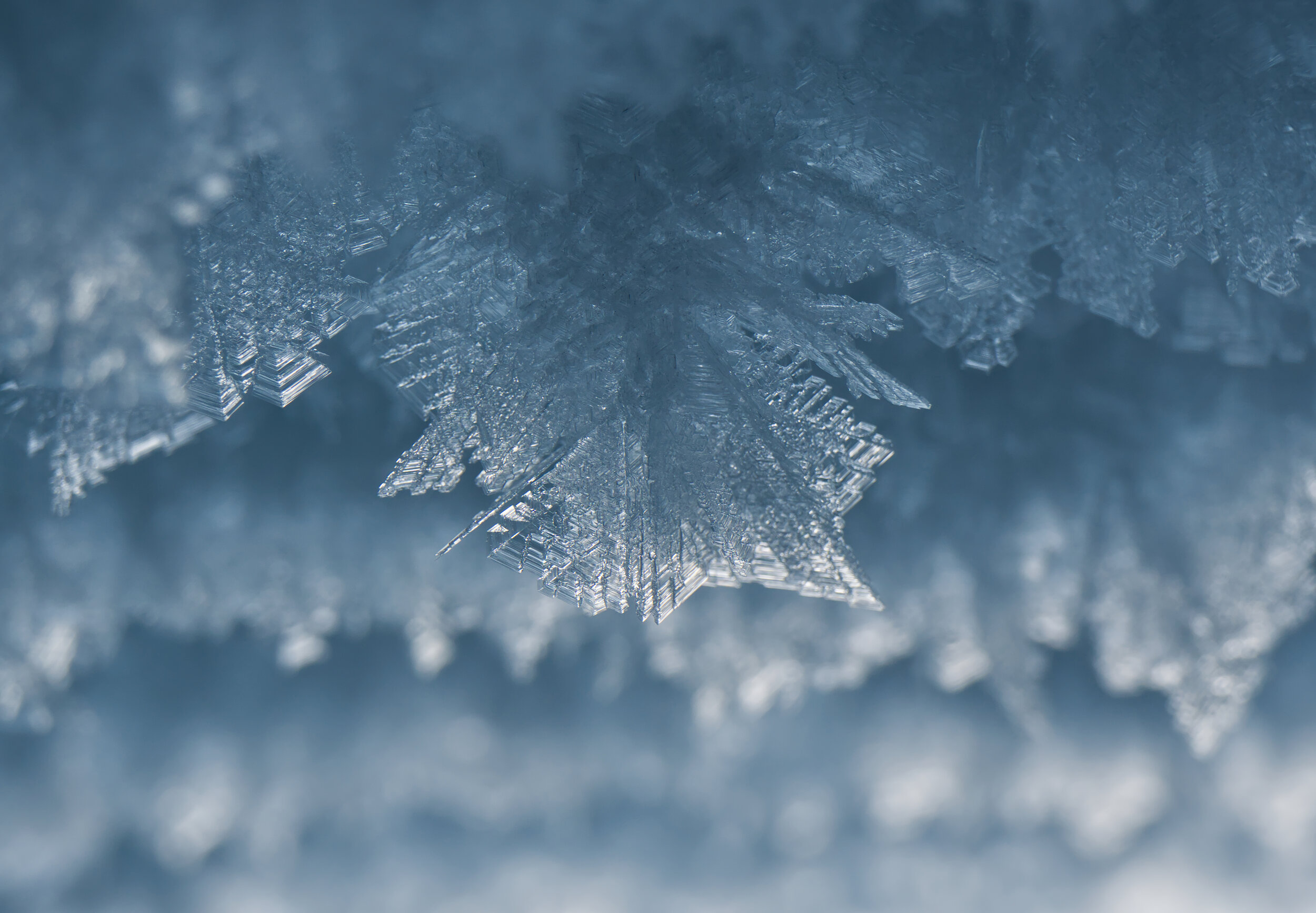
Exploring snow changes with photographs.
Greenland
Snow2School explores snow changes in the Uummannaq region of Greenland and the Eisenerz region in the Austrian Alps. Climate scientists from the University of Graz and social anthropologists from the University of Vienna are collaborating with students—junior researchers—from both regions! A central aspect of the project is the collection and both quantitative and qualitative analysis of snow photos and their stories. The importance of combining quantitative and qualitative analysis is to be understood in the larger context of global climate change and its impacts in both the Arctic and the Alpine region. This section of the photo exhibition features historical photos of Uummannaq, Greenland contributed by the Arktisk Institut in Copenhagen.
Greenland is the largest island in the world with an area of almost 2.5 mio km2. This is approx. 26 times bigger than Austria and large enough to cover central Europe. See figure below, the red dot shows the location of our research region Uummannaq. Our collected historical photos are from the settlements Illorsuit and Niaqornat.
The settlement of Illorsuit (“the many big houses”) is located approximately 100 km from Uummannaq. In Summer 2017, a landslide caused a tsunami hitting the area and it was decided to move the inhabitants of the settlements due to the danger of new landslides. Niaqornat (“the head shaped”) is located approximately 60 km west of Uummannaq. Since 1980, the number of inhabitants reduced drastically from 87 to 38. There are no roads but a small track connects the different official service houses of the settlement. All other daily transport is done by dog sled, snow mobiles or boat, and Niaqornat has a heliport with connections to Uummannaq and other settlements.
Group of persons and sled dogs in front of Qajaq, Illorsuit 1901. The woman to the left carries a child in an Amaut, a special anorak with room for the child on the back of the woman. The sled dogs represent the winter transportation while the qajaq in the back represents the summer transportation of the Inuit.
Ice fishing, Illorsuit 1901 – use of long line for halibut fishing on the ice. Fishing of halibut is still one of the main occupations in the Uummannaq district. In fact, the halibut export is very important for the Greenlandic economy and makes the district of Uummannaq one of the richest in Greenland.
A man is getting ready to leave Illorsuit on dog sled in march 1948. Maybe he is on his way out on the fjord to catch halibuts. He wears the traditional trousers of polar bear fur and an anorak. The houses in the background are of typical colonial style.
Men and dogsled on the sea ice, Illorsuit March 1948. In the back of the photo an iceberg is stuck in the fjord ice.
Niaqornat from above captured in 1986. Tracks of dog sleds, snow mobiles, and maybe even cars leading from the settlements show the importance of snow and sea ice in the area. If the ice and snow cover is not suitable for traveling, the settlements of Greenland are very isolated during winter when traveling by boat is often not possible.







